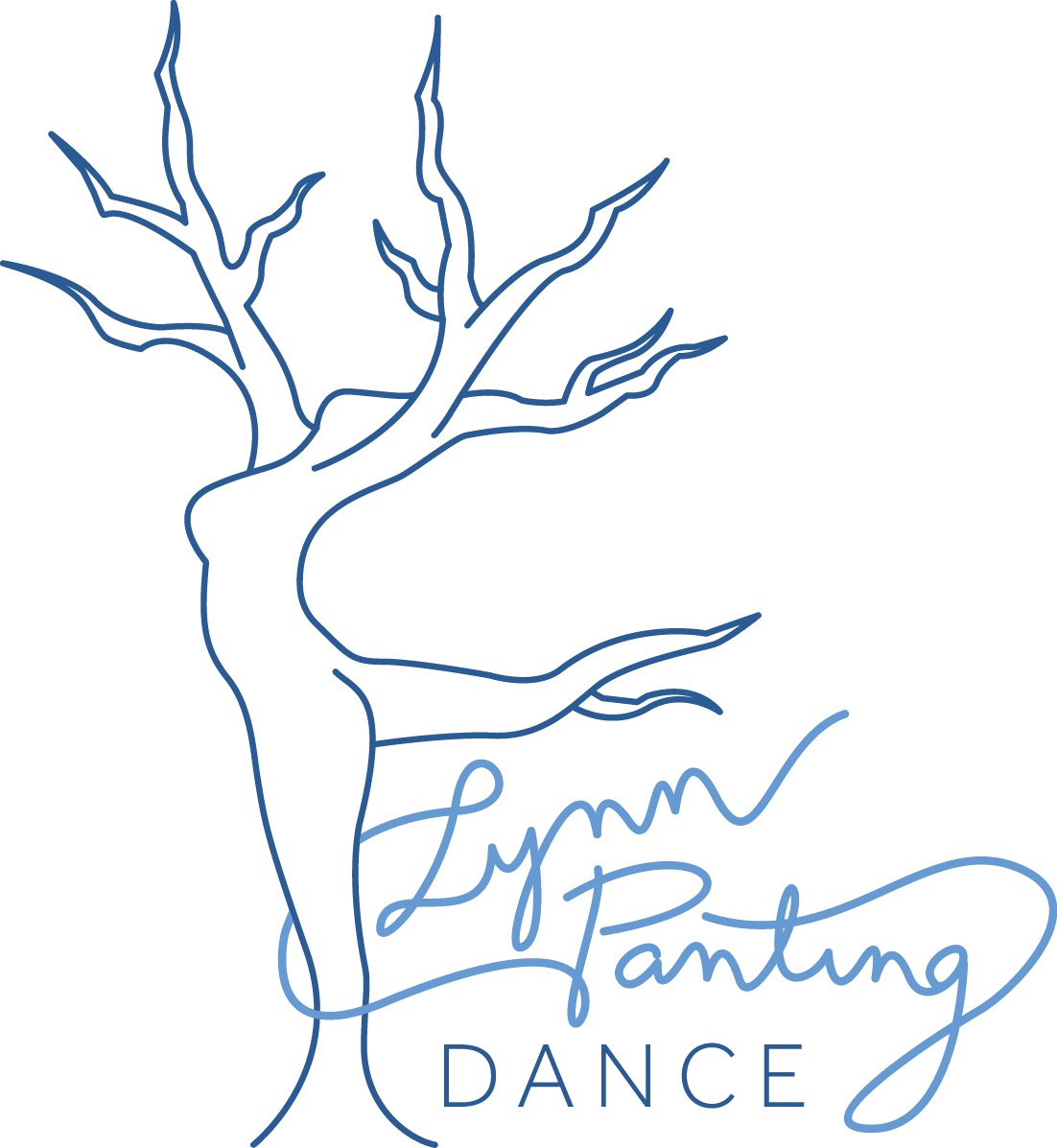Creating Connection: The Special Handshake for Intimacy Scene Partners
Romeo and Juliet, Shakespeare by the Sea, 2023
When it comes to intimacy direction, fostering trust and connection between scene partners is essential. These relationships often require a level of vulnerability and collaboration that goes beyond standard rehearsals. While tapping in and tapping out are excellent boundary-setting practices, introducing a personalized ritual — like a special handshake — can add an extra layer of connection, support, and intention.
A special handshake is a small, private ritual shared exclusively between intimacy scene partners. Done before and after intimacy rehearsals and at the top and tail of performances, this gesture acts as a grounding mechanism, a signal of mutual respect, and a boundary between self and character.
Why Create a Special Handshake?
Builds Trust and Connection
A unique handshake is a shared moment that belongs solely to the scene partners. It fosters a sense of camaraderie and mutual care, reinforcing the trust necessary to explore vulnerable material.
Creates a Sense of Safety
The ritual serves as a physical reminder that both partners are entering a safe, consensual space. It anchors performers in the present moment and provides a tangible way to signal readiness and mutual support.
Sets Intention
Performing the handshake before a scene or rehearsal allows partners to set a shared intention for their work, whether it’s focusing on honesty, collaboration, or mutual care. Ending with the handshake helps partners transition out of the scene, returning to their personal selves.
Reinforces Closure
After an intimate scene or performance, the handshake provides a sense of closure, helping performers separate their character work from their own emotions and experiences.
How to Create a Special Handshake
Collaborate on the Gesture
The handshake should be co-created by both partners to ensure it feels meaningful and authentic. Discuss what elements you’d like to include — it can be as simple as a series of taps or as elaborate as a choreographed sequence.
Make It Unique
The handshake doesn’t have to look like a traditional handshake. It could involve fist bumps, finger snaps, a high five, or any other gestures that feel right to the partners. The key is that it’s unique.
Keep It Intentional
Even if the handshake is playful, it should be performed with intention. This isn’t just a fun ritual; it’s a tool for connection and grounding.
Practice Together
Before integrating the handshake into rehearsals and performances, practice it a few times together. This helps solidify the movement and ensures it becomes second nature.
Use It Consistently
The handshake should bookend every intimacy rehearsal and performance. Its consistency reinforces its purpose and helps create a reliable routine.
When to Use the Special Handshake
Before Intimacy Rehearsals
Perform the handshake to signal that both partners are ready to enter the rehearsal space and engage in the work.
After Intimacy Rehearsals
Use the handshake as a way to close the session, ensuring both partners feel supported as they transition out of the work.
Before Performances
The handshake becomes a grounding ritual before stepping on stage, reinforcing trust and connection in the moments leading up to the performance.
After Performances
End the show run with the handshake to acknowledge the shared effort and return to your personal selves.
Benefits for Performers and Productions
Strengthened Bonds: The handshake deepens the connection between partners, making their onstage chemistry more authentic.
Emotional Resilience: Rituals like this help performers process and separate their character work from their personal lives.
Professionalism: A special handshake demonstrates the care and intentionality that intimacy direction brings to a production.
Audience Impact: When performers feel connected and safe, it shows in their work, resulting in more compelling and authentic storytelling.
A special handshake is more than a gesture — it’s a commitment to trust, care, and collaboration. By creating a unique ritual, intimacy scene partners can foster a deeper bond, navigate the emotional demands of their work with greater ease, and bring authenticity to the relationships they portray on stage.

